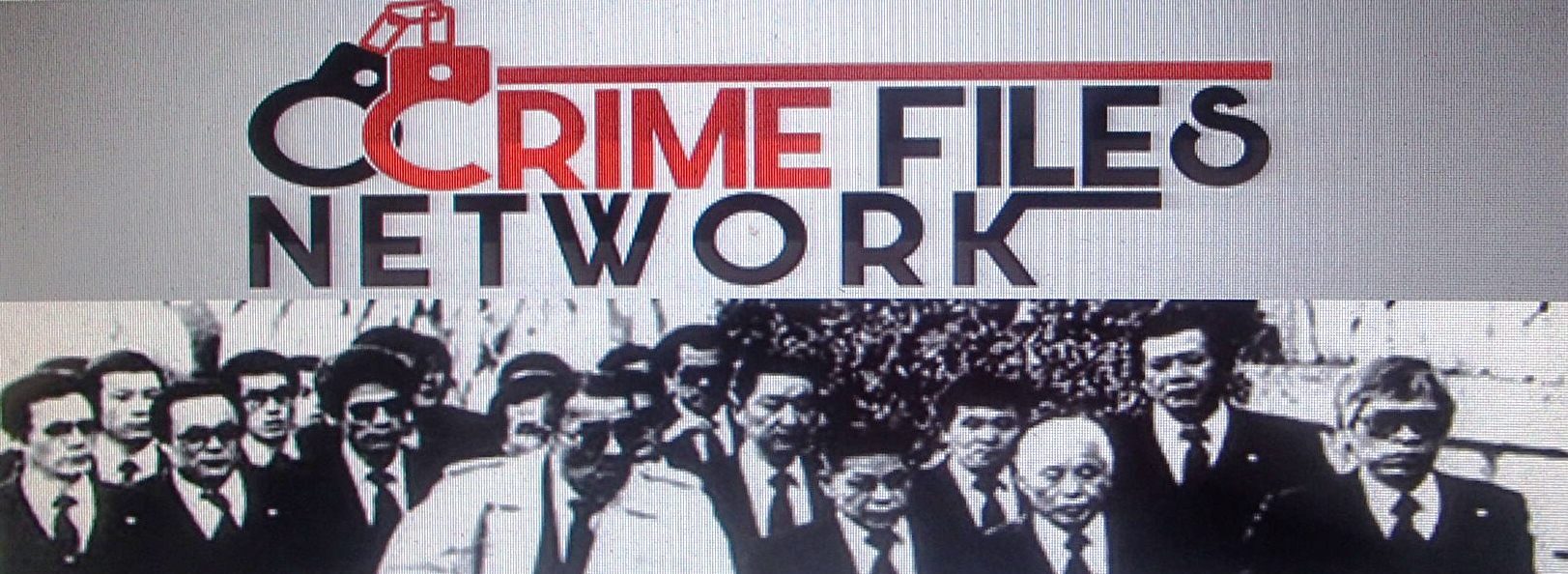On the evening of April 6, 1994, a surface-to-air missile shot down the plane carrying Rwanda’s president, Juvenal Habyarimana, a Hutu, as it was landing in Kigali, the Rwandan capital. It is still not known who fired the missile, but the assassination was taken by extremist leaders of Rwanda’s Hutu majority as the signal to launch a carefully planned campaign to wipe out the country’s Tutsi minority, as well as moderate Hutu leaders who might oppose this program of genocide.

Political and other high profile leaders who might have been able to take charge of the situation were killed immediately, among them Agathe Uwilingiyimana, the moderate Hutu Prime Minister.

Under the cover of war, Hutu extremists launched their plans to destroy the entire Tutsi civilian population. Violence spread with lightning speed through the capital and into the rest of the country, and continued for roughly three months. Between 500,000 and one million people, mostly Tutsis, were slaughtered in 100 days. Hutu militias, backed, trained and equipped by Rwandan government forces, were responsible for the majority of the killing.

Under the cover of war, Hutu extremists launched their plans to destroy the entire Tutsi civilian population. Violence spread with lightning speed through the capital and into the rest of the country, and continued for roughly three months. Between 500,000 and one million people, mostly Tutsis, were slaughtered in 100 days. Hutu militias, backed, trained and equipped by Rwandan government forces, were responsible for the majority of the killing.
As the level of violence became clear, groups of Tutsis—and Hutus who feared they might be targeted—fled to places that in previous times of turmoil had provided safety: churches, schools, and government buildings. Many of these refuges became the sites of major massacres. For example, during the first days of the genocide, more than 2,500 Tutsis sought refuge at a school, the Ecole Technique Officielle (ETO) in Kigali, where Belgian UN troops were stationed.

When the UN withdrew its personnel from the school on April 11, 1994, following their orders to evacuate Americans and Europeans, members of the Rwandan armed forces and militias entered, and, reportedly within hours, killed most of the Tutsis who were hiding there. The men, women and children who survived the ETO massacre were marched to a gravel pit near the primary school in Nyanza, where the remaining Tutsis were immediately killed.

In addition to mass killings, thousands and thousands of Tutsis and people suspected of being Tutsis were killed in their homes and in the street, especially at roadblocks set up across the country by militias to prevent them from escaping. Entire families were killed at a time. Women were systematically and brutally raped. Sometimes, Tutsis were murdered or attacked by their neighbors.

It is estimated that some 200,000 people participated in carrying out the genocide, though there were also people involved in the killing who also helped rescue or protect those targeted. It was understood that those caught helping Tutsis could be targeted themselves.
The genocide ended when the Tutsi-dominated rebel movement, the Rwandan Patriotic Front (RPF), captured Kigali, overthrowing the Hutu government and seizing power.
After the RPF victory, UN troops and international aid workers arrived to help maintain order and restore basic services. A new multi-ethnic government was formed on July 19, 1994, which promised all refugees a safe return to Rwanda. Pasteur Bizimungu, a Hutu, was inaugurated as president.
Despite the power sharing agreement within the new government, many Hutus were afraid of retaliation, and roughly two million of them fled Rwanda, taking refuge in Burundi, Tanzania, Uganda, and Zaire (now the Democratic Republic of the Congo). A major international aid operation was organized to provide food, shelter and medical care to these refugees, which included many of the perpetrators of the genocide.
BELOW ARE JUST A FEW PICS IN A GALLERY OF THE HORRORS OF THE TUTSI RWANDA GENOCIDE & SLAUGHTER ON A HUGE SCALE

















![]()


THE ABOVE PIC GALLERY ON RWANDA SLAUGHTER GENOCIDE OF TUTSI INNOCENTS IS ONLY THE TIP OF THE ICEBERG
![]()


